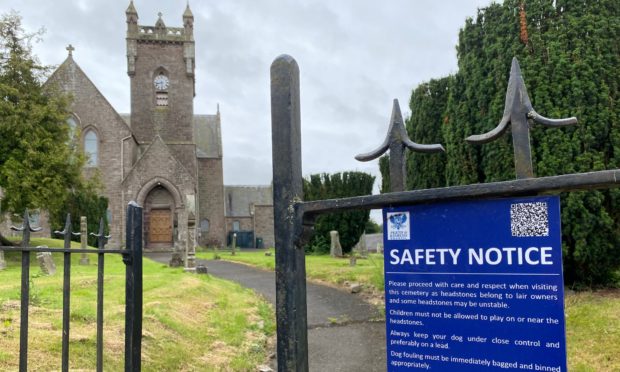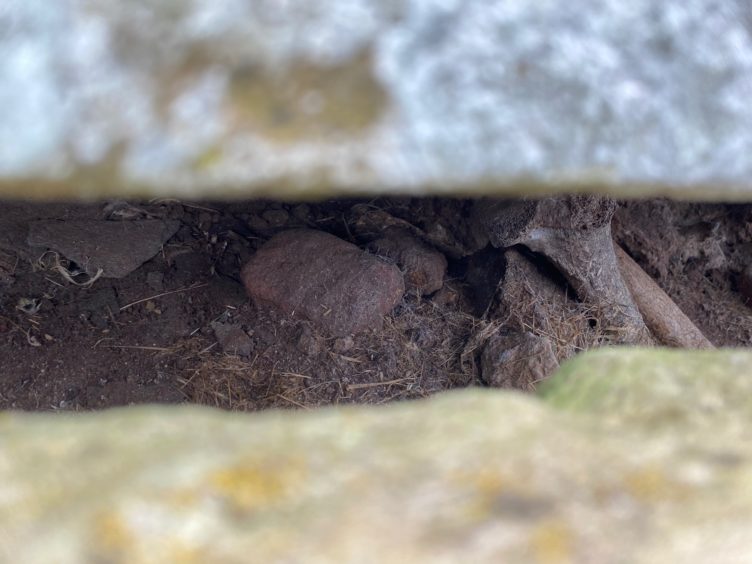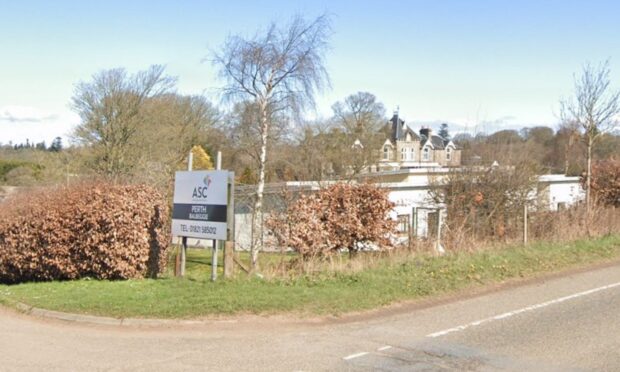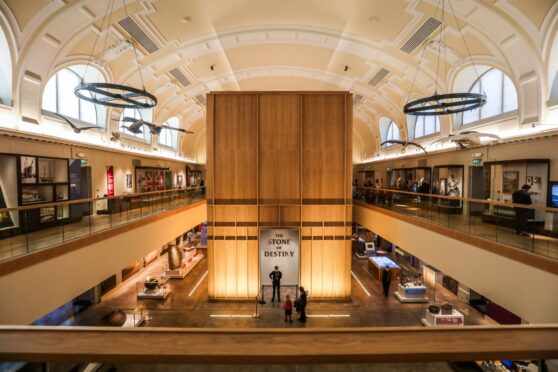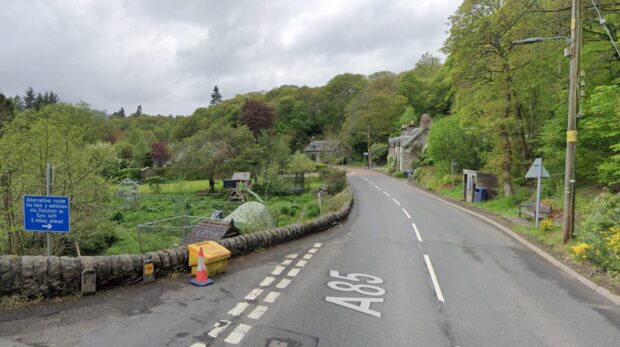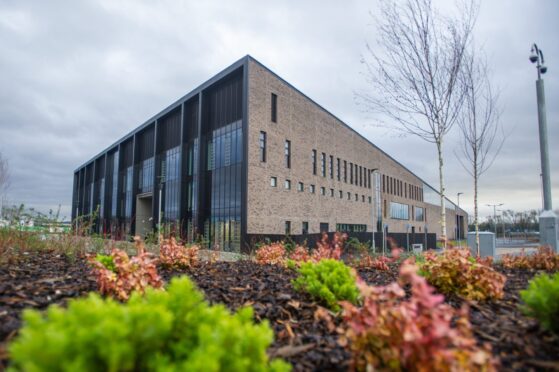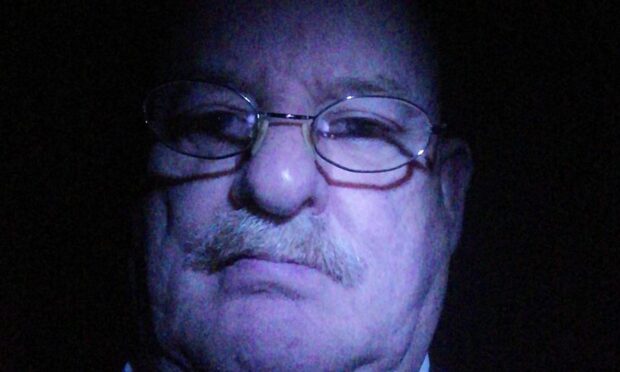Bodies at an historic Perthshire cemetery will be interred for a second time, after their bones were left exposed by crumbling tombs.
The worsening state of lairs at Meigle Churchyard has sparked fears it could be targeted by grave robbers.
The site is well known as the final resting place for British Prime Minister Sir Henry Campbell Bannerman and reputedly holds the grave of a Pictish Queen who was married to King Arthur.
Council chiefs are reviewing its centuries-old lairs, after at least two of its inhabitants were left open to the elements.
They say the bodies will be laid to rest again in a “respectful and dignified” manner.
Perth and Kinross Council has now restored the damaged tombs, to protect them from ghoulish thieves.
The alarm was raised by ex-Perthshire resident Ian Cronan who had returned to the area to carry out genealogical research.
The keen historian, who now lives in Glasgow, spotted damage to a raised tomb near the 19th century church and worried the human remains could be stolen by someone “for macabre reasons”.
“I know its an old grave but if we are being realistic, it’s a little disrespectful to the dead to have their bones open to public viewing like that,” he said.
“All anyone could ask for is that it’s resealed or reset and the bones back out of sight and away from anyone with a mind to have a morbid curiosity in their house.”
It is not known who will need to be re-interred because details on the tomb cover have worn away over time. However, they are thought to be from the 18th century.
Perth and Kinross Council has pledged to take action, after the issue was raised with officers this week.
A spokeswoman said: “We were made aware on Thursday that remains interred within a memorial at Meigle old churchyard had become exposed.
“These occurrences are rare but can happen with old graves of this type.”
She said: “We will ensure the remains are re-interred in an appropriately respectful and dignified manner.
“We appreciate anyone drawing such situations to our attention as it allows us to ensure that remains are dealt with following the correct procedures and with respect.”
The council was forced to scale back its cemetery maintenance work during lockdown, sparking some complaints about overgrown graveyards.
A sign at Meigle Churchyard tells visitors that work has been “severely restricted” as a result of the pandemic, adding: “We would like to apologise that the standards are not the best.”
Meigle was a Pictish Christian site from around the sixth or seventh century. It is believed there has been a church in the village since medieval times.
The present church was built in 1869 in the foot-print of its predecessor, which was destroyed by fire.
Sir Bannerman, the leader and father of the House of Commons, was buried in the churchyard in 1903.
Vanora’s Mound, a scheduled monument to the north of the church, is said to be the grave of the Pictish Queen who was King Arthurs’ wife.
According to legend, she was abducted by a neighbouring leader at Barry Hill, near Alyth.
When she returned to her husband, he put her to death “for her infidelity” and punished her to be torn apart by wild beasts.
